Home>Gardening & Outdoor>Landscaping Ideas>Why Grass Won’t Grow In Certain Spots
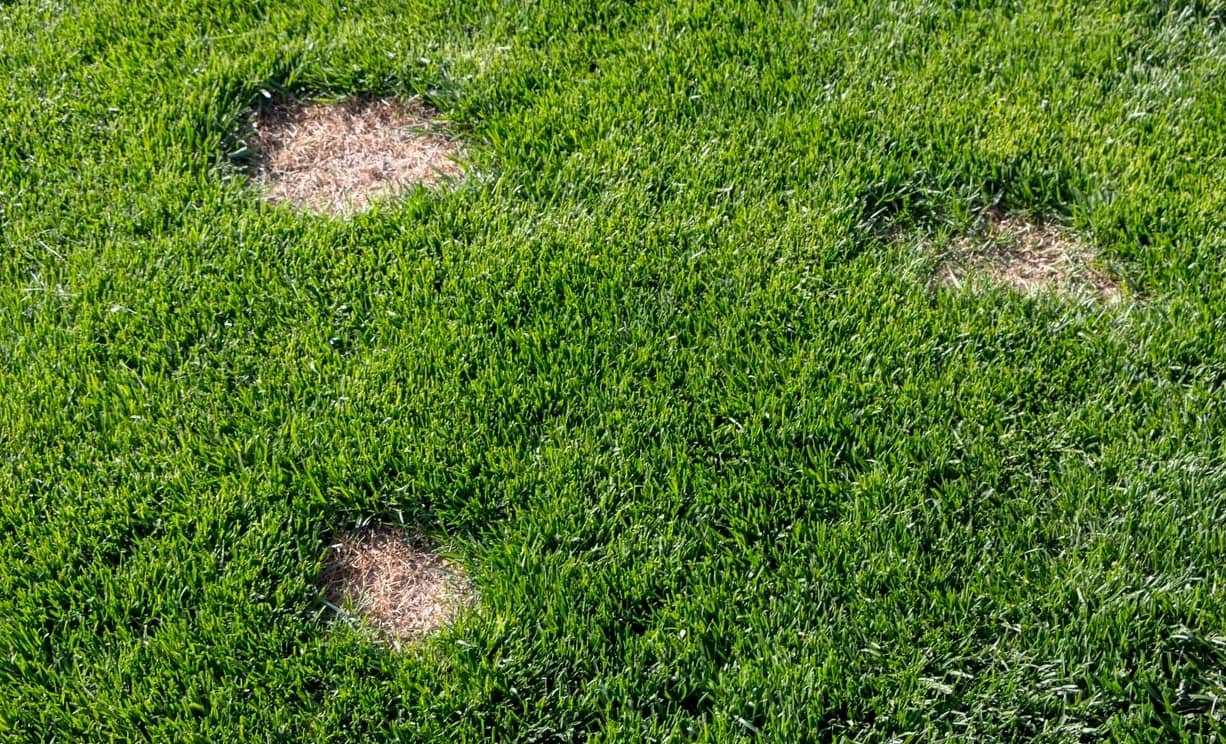

Landscaping Ideas
Why Grass Won’t Grow In Certain Spots
Modified: February 18, 2024
Discover effective landscaping ideas to address patchy grass and barren spots in your yard. Learn how to promote healthy growth and achieve a lush, vibrant lawn.
(Many of the links in this article redirect to a specific reviewed product. Your purchase of these products through affiliate links helps to generate commission for Storables.com, at no extra cost. Learn more)
Introduction
When it comes to maintaining a lush, green lawn, encountering patches where grass refuses to grow can be both frustrating and perplexing. You diligently water, fertilize, and tend to your yard, yet certain areas stubbornly resist your efforts. Understanding the underlying reasons behind this phenomenon is crucial to overcoming the challenge and transforming those barren patches into thriving greenery.
In this article, we will delve into the various factors that can impede grass growth, providing insights into the complex interplay of soil composition, environmental conditions, and potential obstacles. By unraveling the mysteries behind these barren spots, you will be equipped with the knowledge and strategies needed to breathe new life into your lawn. Let's embark on this journey to uncover the secrets of why grass won't grow in certain spots and discover the solutions to rejuvenate your outdoor oasis.
Key Takeaways:
- Soil composition, drainage, and obstacles like compacted soil and shade affect grass growth. Understanding and addressing these factors can transform barren patches into lush, thriving greenery.
- Conduct a soil test to understand pH levels and nutrient content. Address obstacles like debris, compacted soil, and poor drainage to create a conducive environment for healthy grass growth.
Read more: How To Grow Grass In Bald Spots
Understanding Soil Composition
Soil composition plays a pivotal role in the growth and vitality of grass. The texture, structure, and nutrient content of the soil directly impact its ability to support healthy vegetation. Sandy soils, characterized by large particles and excellent drainage, often struggle to retain moisture and nutrients essential for grass growth. Conversely, clay soils, with their fine particles and dense nature, can become waterlogged and inhibit root development.
Furthermore, the pH level of the soil significantly influences grass growth. Most grass species thrive in slightly acidic to neutral soils, with a pH range of 6.0 to 7.0. Soils that deviate from this range can impede nutrient uptake by the grass, leading to stunted growth and discoloration.
To gain a comprehensive understanding of your soil composition, conducting a soil test is highly recommended. This analysis reveals crucial information about the pH level, nutrient content, and organic matter present in the soil. Armed with this knowledge, you can make informed decisions regarding soil amendments and fertilization to create an optimal environment for grass to flourish.
Identifying Potential Obstacles
Unraveling the mystery of why grass won’t grow in certain spots often involves identifying and addressing potential obstacles that hinder healthy turf establishment. One common obstacle is the presence of rocks, roots, or debris beneath the soil surface. These physical barriers can impede root penetration, restrict water and nutrient uptake, and create uneven terrain that inhibits grass growth.
In addition to physical impediments, the presence of competing vegetation, such as aggressive weeds or invasive grass species, can outcompete desirable turf grasses, leaving bare patches in their wake. Understanding the nature of these competing plants and implementing targeted strategies to control their spread is essential for reclaiming these areas for lush grass growth.
Furthermore, the impact of human activities, such as heavy foot traffic or construction work, can compact the soil, disrupt its structure, and hinder the aeration essential for healthy root development. Compacted soil restricts root growth and water infiltration, creating unfavorable conditions for grass to thrive.
By meticulously assessing the landscape and soil conditions, you can pinpoint these potential obstacles and devise tailored solutions to mitigate their impact. Whether it involves remedying soil compaction, removing debris, or implementing targeted weed control measures, identifying and addressing these obstacles is a crucial step toward revitalizing the barren patches in your lawn.
Addressing Drainage Issues
Effective drainage is paramount for the health and vigor of your lawn. Poor drainage can lead to waterlogged soil, suffocating grass roots and creating an environment conducive to fungal diseases. Identifying areas with inadequate drainage is essential for restoring healthy grass growth.
Low-lying areas or spots near impermeable surfaces, such as driveways or compacted pathways, are prone to water accumulation. This excess moisture can drown grass roots and create anaerobic conditions that impede growth. To address this, strategic grading or the installation of drainage solutions, such as French drains or catch basins, can redirect water away from these trouble spots, fostering a more favorable environment for grass to thrive.
Incorporating organic matter, such as compost or peat moss, into poorly draining soil can improve its structure and water retention capacity. This amendment enhances soil aeration and promotes better moisture distribution, creating a conducive environment for robust grass growth.
Moreover, aerating compacted soil can enhance its permeability, allowing water to infiltrate and reach the root zone more effectively. By alleviating drainage issues, you can mitigate the adverse effects of waterlogged soil and create a hospitable environment for grass to establish strong, healthy roots.
Consider testing the soil pH levels in the areas where grass won’t grow. Different areas may have different pH levels, which can affect grass growth. Adjusting the pH levels can help promote healthy grass growth.
Managing Shade and Sunlight
The interplay of shade and sunlight profoundly influences the growth and vitality of grass. While lush, dense tree canopies provide cooling shade and aesthetic appeal, they can also pose challenges for grass growth beneath them. Shade-loving trees, such as maples or oaks, cast deep shade that inhibits the photosynthetic capabilities of grass, leading to sparse and patchy growth.
To address this, selectively pruning lower branches or thinning the canopy can allow more sunlight to filter through, creating a more favorable environment for grass to thrive. Additionally, choosing shade-tolerant grass species, such as fine fescue or certain varieties of ryegrass, can enhance the resilience of your lawn in shaded areas.
Conversely, areas exposed to intense, unrelenting sunlight can present a different set of challenges. Prolonged exposure to intense heat and sunlight can desiccate the soil, leading to moisture stress and inhibiting grass growth. Implementing strategic irrigation practices, such as deep, infrequent watering, can help mitigate the effects of excessive sunlight and maintain optimal soil moisture levels for healthy grass growth.
Furthermore, selecting heat-tolerant grass varieties and incorporating ample organic matter into the soil can enhance its water retention capacity, providing a buffer against the adverse effects of intense sunlight. By carefully managing shade and sunlight in your landscape, you can create an environment that promotes robust grass growth and resilience, even in challenging light conditions.
Read more: Why Is My Grass Turning Black In Spots
Dealing with Compacted Soil
Compacted soil poses a significant barrier to healthy grass growth, impeding root penetration, restricting water infiltration, and inhibiting essential gas exchange. Commonly caused by heavy foot traffic, construction activities, or the natural settling of soil over time, compaction creates an inhospitable environment for grass roots to thrive.
To address compacted soil, core aeration is a highly effective remedial measure. This process involves removing small plugs of soil from the lawn, alleviating compaction and facilitating improved air and water movement within the soil. Core aeration also stimulates root growth and enhances the overall health of the turf, promoting vigorous grass growth in previously barren areas.
Furthermore, incorporating organic matter, such as compost or well-decomposed manure, into compacted soil can improve its structure and water retention capacity. This amendment enhances soil aeration, promotes beneficial microbial activity, and provides essential nutrients for grass to flourish.
Implementing proper mowing and watering practices is also essential for preventing soil compaction. Mowing at the appropriate height and frequency, as well as watering deeply and infrequently, can help maintain soil structure and minimize compaction, creating an environment conducive to healthy grass growth.
By addressing compacted soil through strategic aeration, organic amendments, and proactive lawn care practices, you can rejuvenate barren patches and foster lush, resilient grass growth in your landscape.
Conclusion
Transforming barren patches into thriving greenery requires a multifaceted approach that encompasses an understanding of soil composition, identification of potential obstacles, and strategic interventions to address specific challenges. By unraveling the mysteries behind why grass won’t grow in certain spots, you can embark on a journey to rejuvenate your lawn and create a verdant outdoor oasis.
Understanding the intricate dynamics of soil composition empowers you to make informed decisions regarding soil amendments and fertilization, creating an optimal environment for grass to flourish. By conducting a comprehensive soil test, you can gain valuable insights into the pH level, nutrient content, and organic matter present in the soil, laying the groundwork for targeted interventions to promote healthy grass growth.
Identifying potential obstacles, such as physical barriers, competing vegetation, and soil compaction, is essential for devising tailored solutions to mitigate their impact. Whether it involves remedying soil compaction, removing debris, or implementing targeted weed control measures, addressing these obstacles is a crucial step toward revitalizing the barren patches in your lawn.
Addressing drainage issues and managing shade and sunlight are pivotal for creating a conducive environment for robust grass growth. By implementing strategic grading, drainage solutions, and selective pruning, you can mitigate the adverse effects of poor drainage and shade, fostering optimal conditions for a thriving lawn.
Dealing with compacted soil through core aeration, organic amendments, and proactive lawn care practices is instrumental in rejuvenating barren patches and promoting lush, resilient grass growth. By addressing these challenges holistically, you can breathe new life into your lawn and revel in the beauty of a verdant, thriving landscape.
Armed with a deeper understanding of the factors that impede grass growth and the strategies to overcome them, you are poised to embark on a transformative journey toward reclaiming those barren patches and nurturing a vibrant, healthy lawn that will be the envy of the neighborhood.
Frequently Asked Questions about Why Grass Won't Grow In Certain Spots
Was this page helpful?
At Storables.com, we guarantee accurate and reliable information. Our content, validated by Expert Board Contributors, is crafted following stringent Editorial Policies. We're committed to providing you with well-researched, expert-backed insights for all your informational needs.

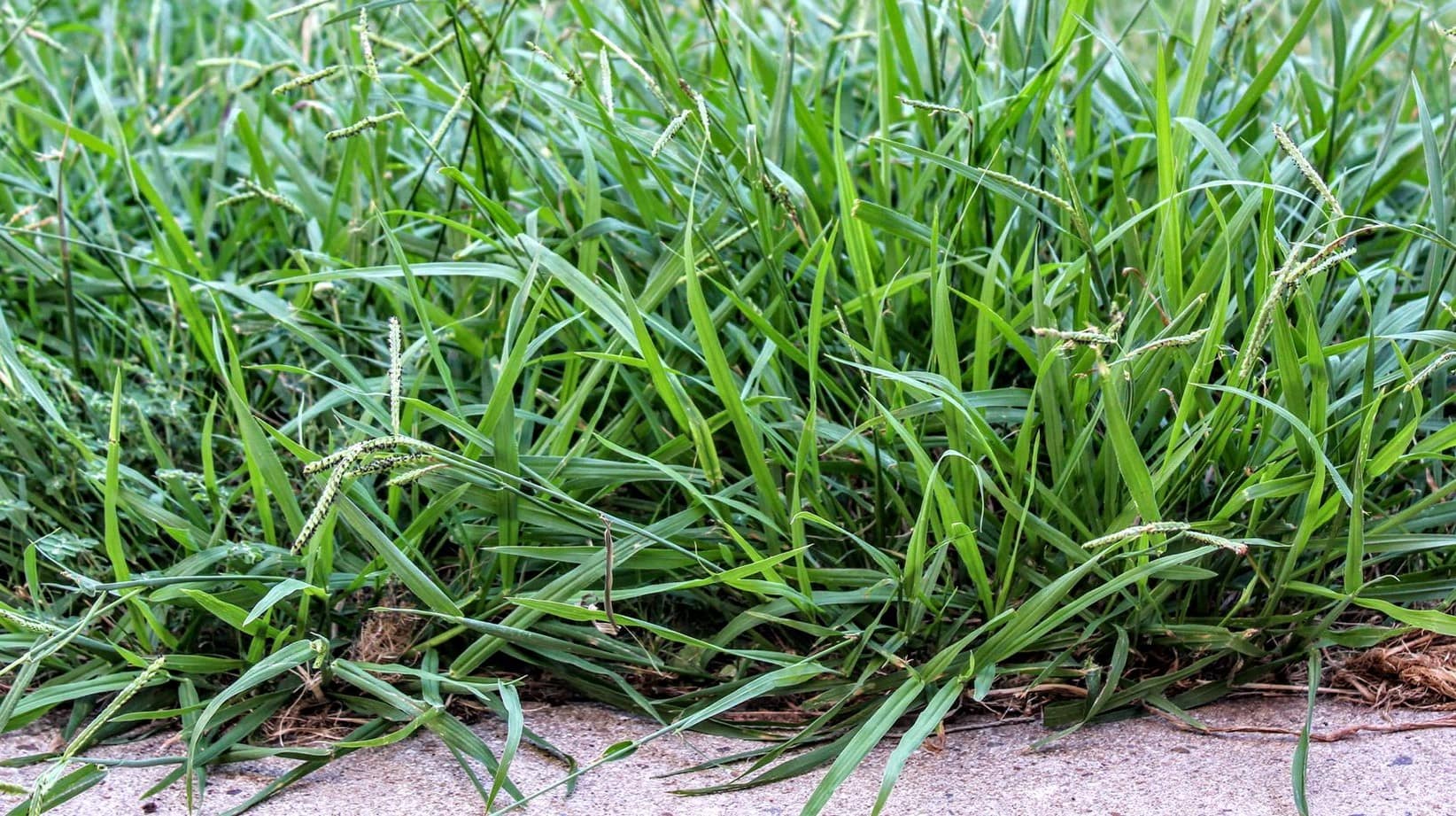
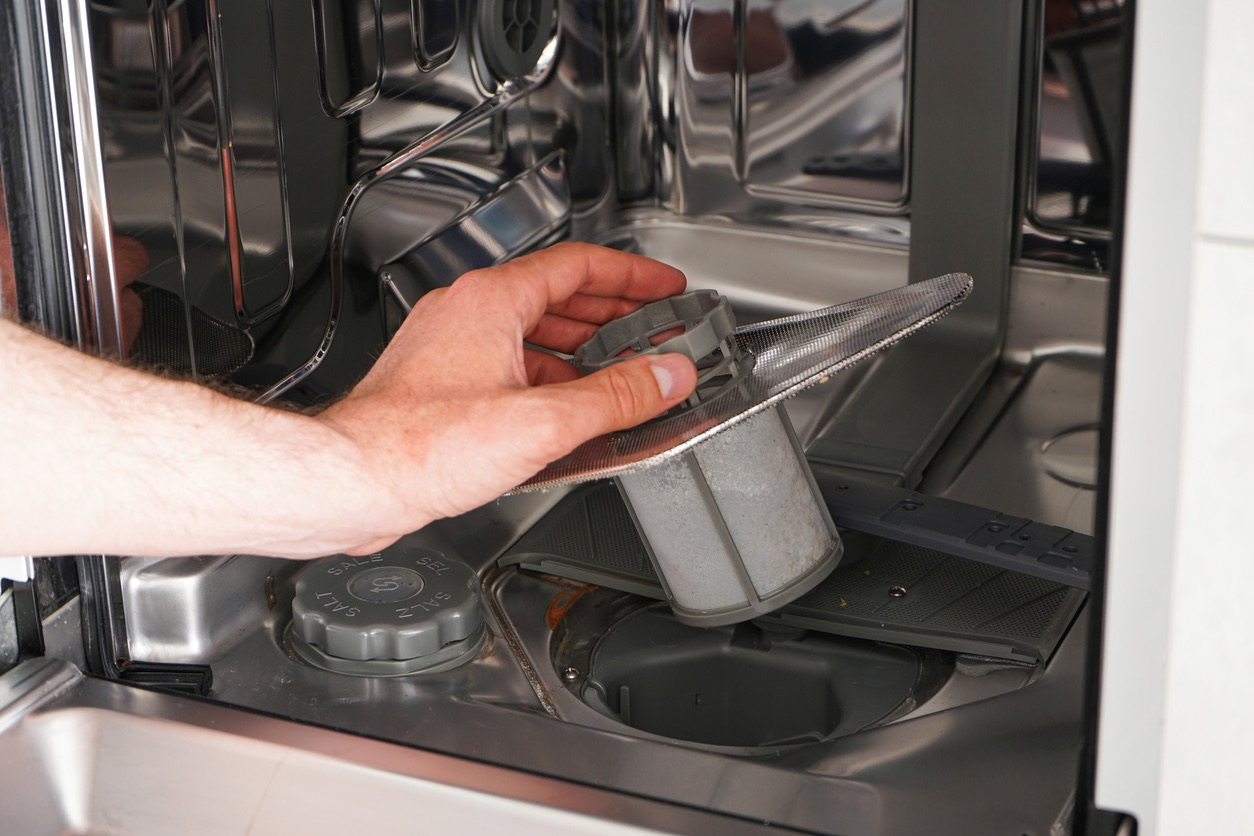
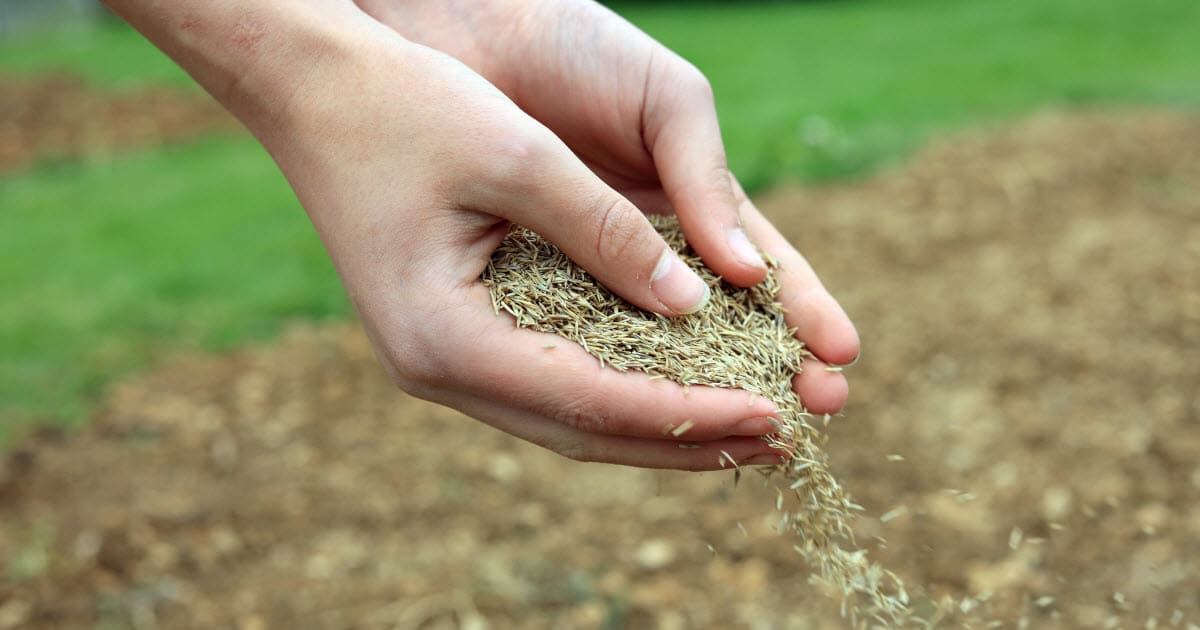
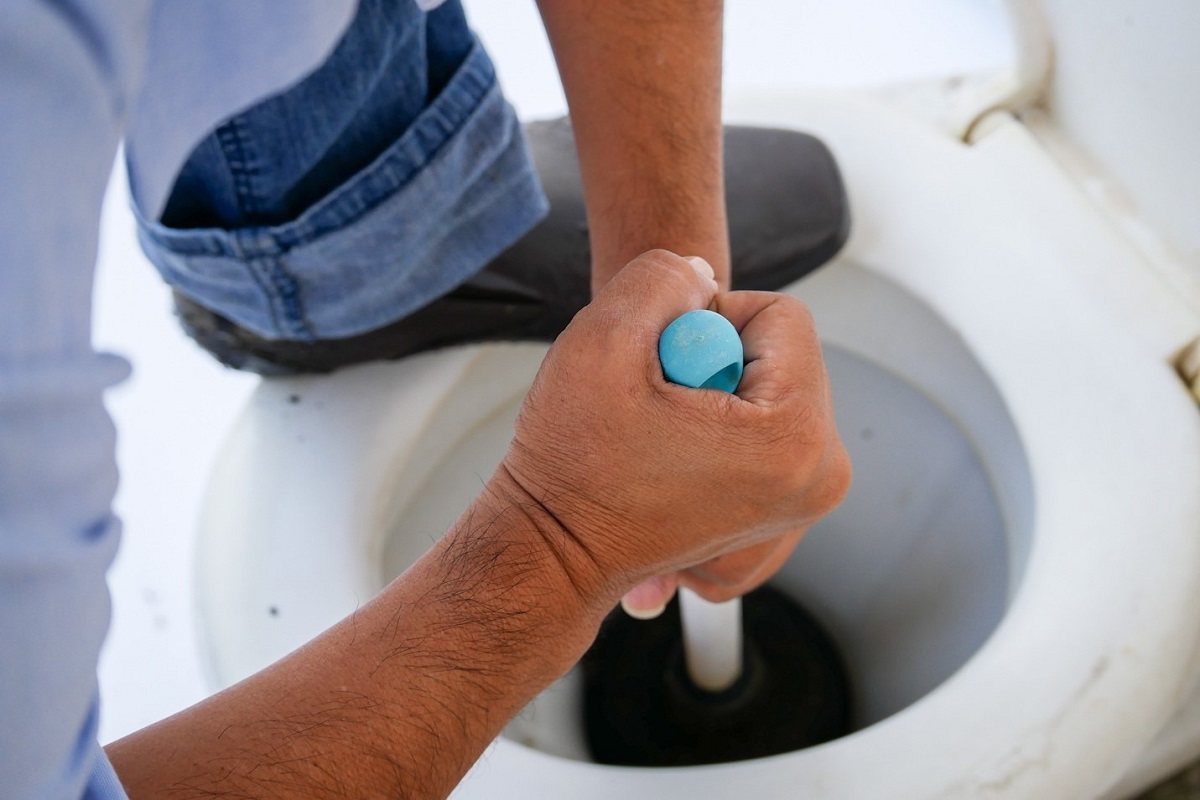

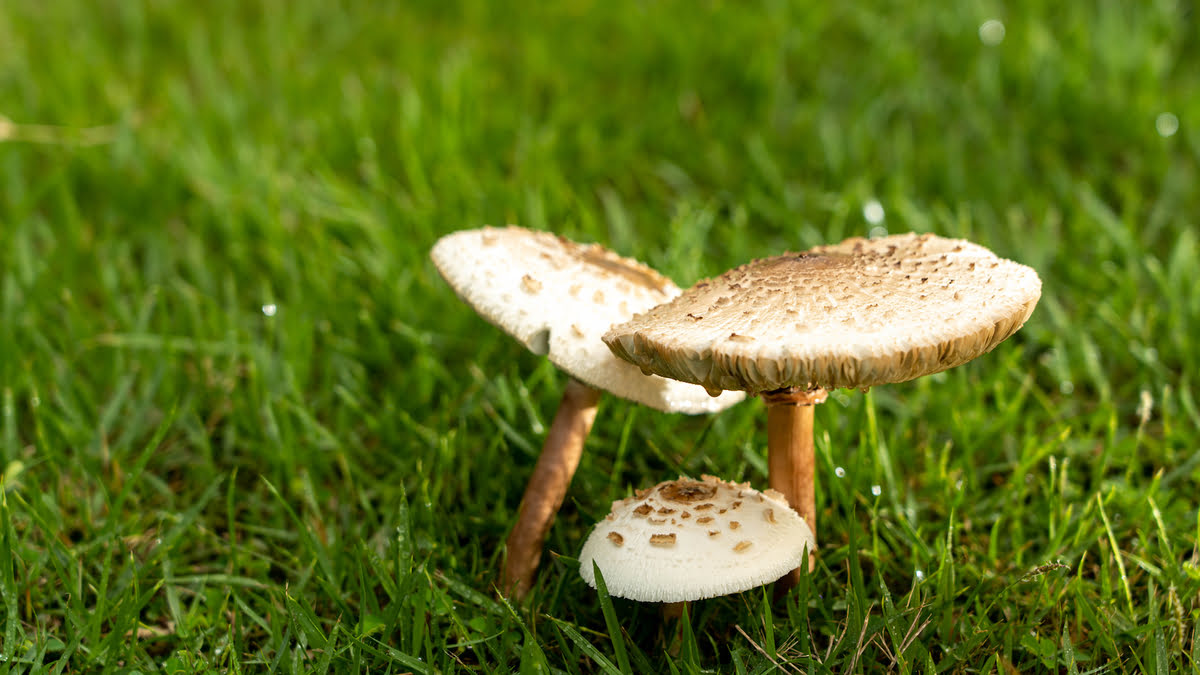
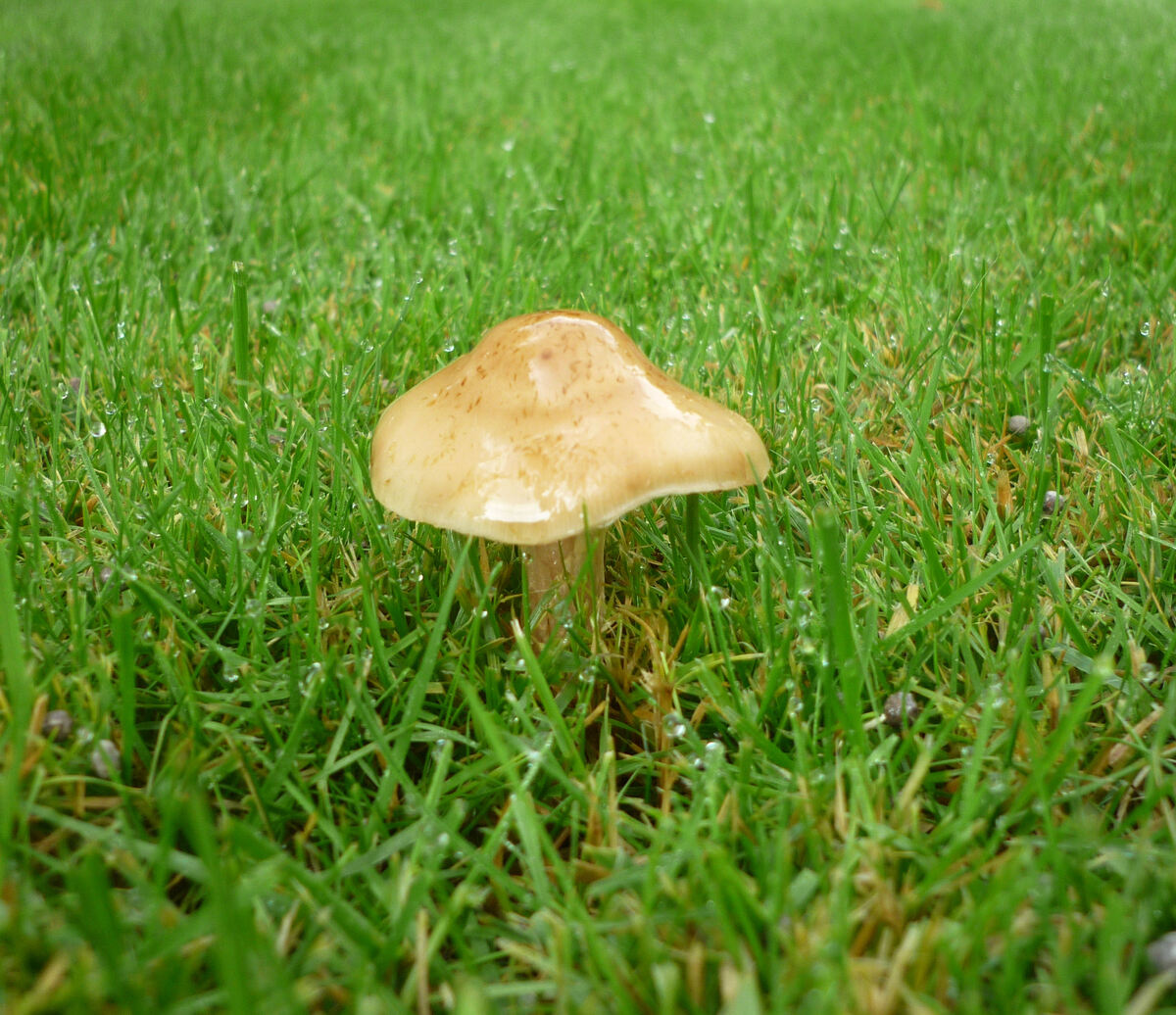

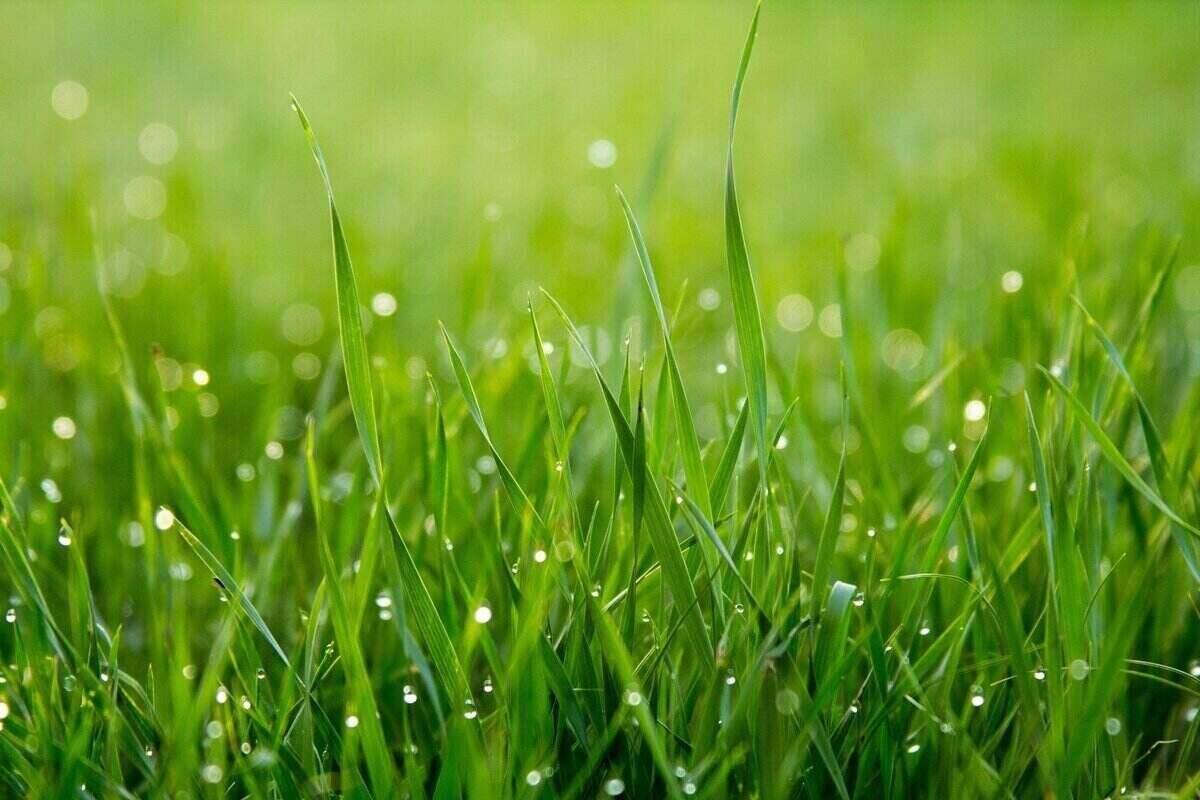
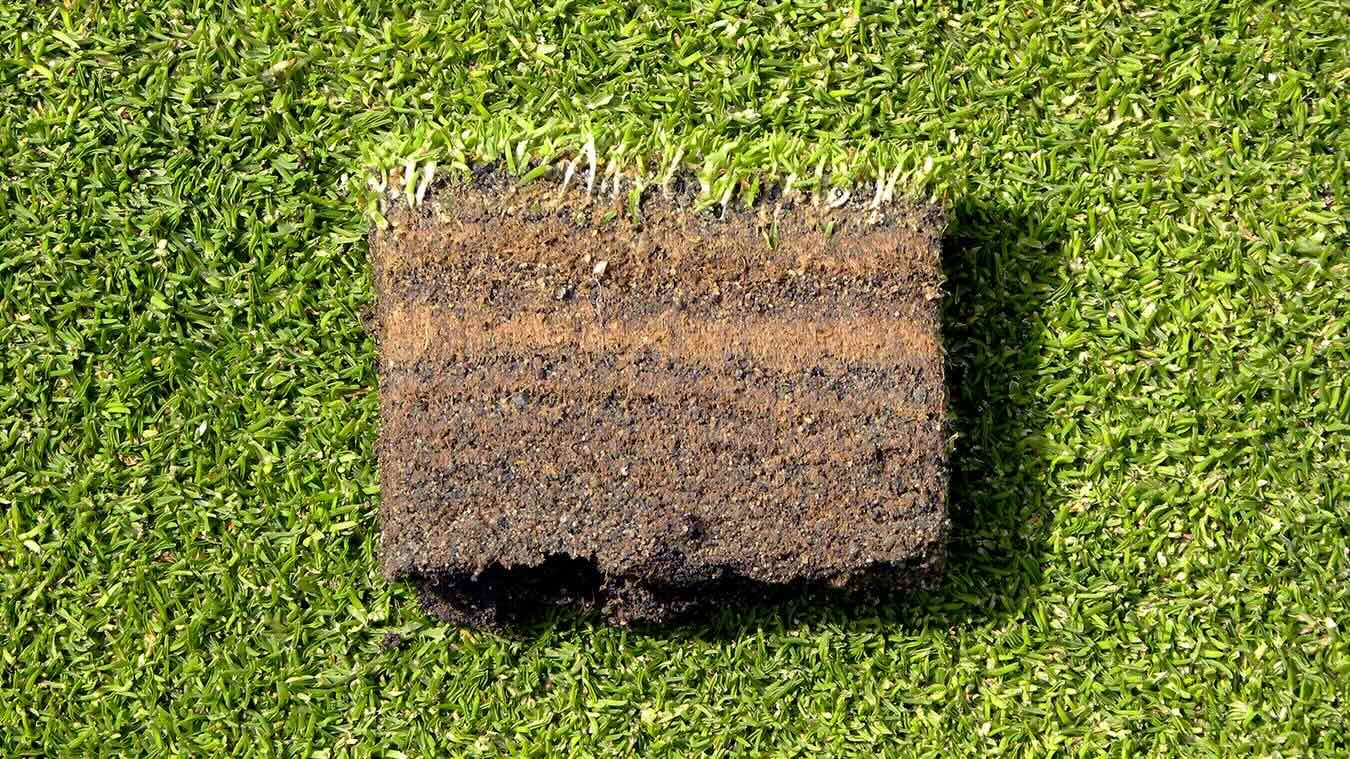
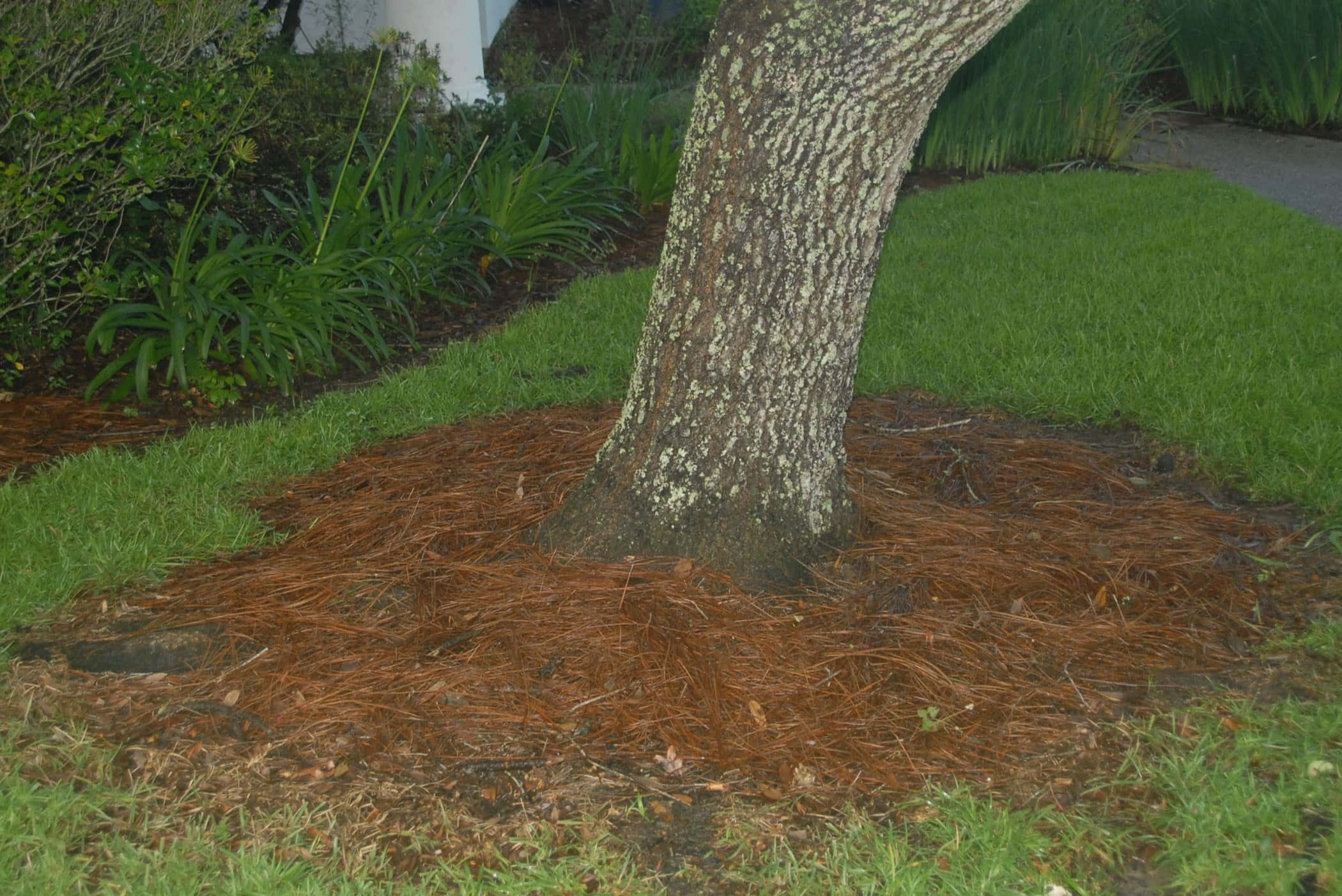

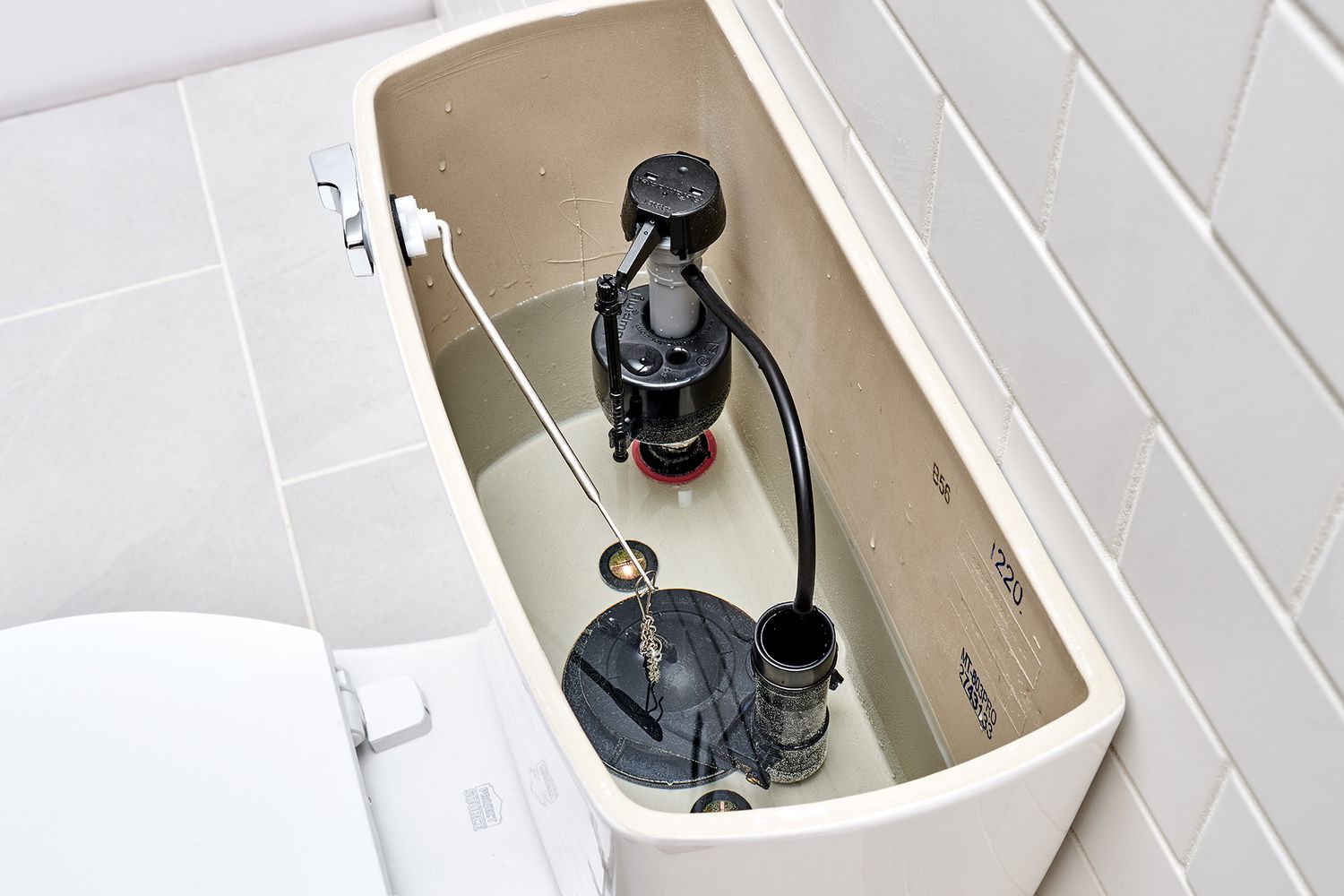

0 thoughts on “Why Grass Won’t Grow In Certain Spots”